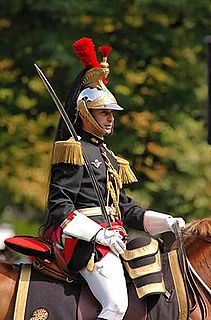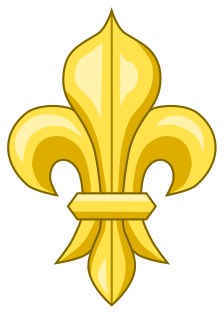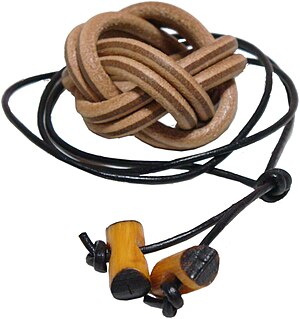 W
WA campaign hat, sometimes called campaign cover, is a broad-brimmed felt or straw hat, with a high crown, pinched symmetrically at the four corners.
 W
WEpaulette is a type of ornamental shoulder piece or decoration used as insignia of rank by armed forces and other organizations. Flexible metal epaulettes are referred to as shoulder scales.
 W
WThe fleur-de-lis, also spelled fleur-de-lys, is a lily that is used as a decorative design or symbol.
 W
WThe fleur-de-lis is the main element in the logo of most Scouting organizations, representing a major theme in Scouting: the outdoors and wilderness. The three petals or leaves represent the threefold Scout Promise in much the same way as the three leaves of the trefoil represent the threefold promise for the Guides. Lord Robert Baden-Powell, the founder of the Scouting movement, explained that the Scouts adopted the fleur-de-lis symbol from its use in the compass rose because it "points in the right direction turning neither to the right nor left, since these lead backward again." The two small five-point stars stand for truth and knowledge. Together their ten points represent the ten original Scout laws. The reef knot or square knot represents the strength of World Scouting. The rope is for the unity of Scouts throughout the world. The ring holding the petals together represents the bond of brotherhood.
 W
WMerit badges are awards earned by members of the Boy Scouts of America, based on activities within the area of study by completing a list of periodically updated requirements. The purpose of the merit badge program is to allow Scouts to examine subjects to determine if they would like to further pursue them as a career or vocation. Originally, the program also introduced Scouts to the life skills of contacting an adult they had not met before, arranging a meeting and then demonstrating their skills, similar to a job or college interview. Increasingly, though, merit badges are earned in a class setting at troop meetings and summer camps.
 W
WA neckerchief, sometimes called a necker, kerchief or scarf, is a type of neckwear associated with those working or living outdoors, including farm labourers, cowboys and sailors. It is most commonly still seen today in the Scouts, Girl Guides and other similar youth movements. A neckerchief consists of a triangular piece of cloth or a rectangular piece folded into a triangle. The long edge is rolled towards the point, leaving a portion unrolled. The neckerchief is then fastened around the neck with the ends either tied or clasped with a slide or woggle.
 W
WScout badges are worn on the uniforms of members of Scouting organisations across the world in order to signify membership and achievements. There is a great variety of badges, not only between the different national Scouting organisations, but within the programme sections, as well.
 W
WA Scout staff is a shoulder-high wooden pole or quarterstaff, traditionally carried by Boy Scouts as part of their accoutrements. Its main purpose was as a walking stick, but it had a number of other uses in emergency situations and can be used for Scout pioneering.
 W
WA shoulder mark, also called a shoulder board, rank slide, or slip-on, is a flat cloth sleeve worn on the shoulder strap of a uniform. It may bear rank or other insignia, and should not be confused with an epaulette, although the two terms are often used interchangeably.
 W
WA woggle is a device to fasten the neckerchief, or scarf, worn as part of the Scout or Girl Guides uniform, originated by a Scout in the 1920s.
 W
WThe World Scout Emblem is the emblem of the World Organization of the Scout Movement and is worn by Scouts and Scouters around the world to indicate their membership. Each national Scout organization determines the manner in which the emblem is worn.